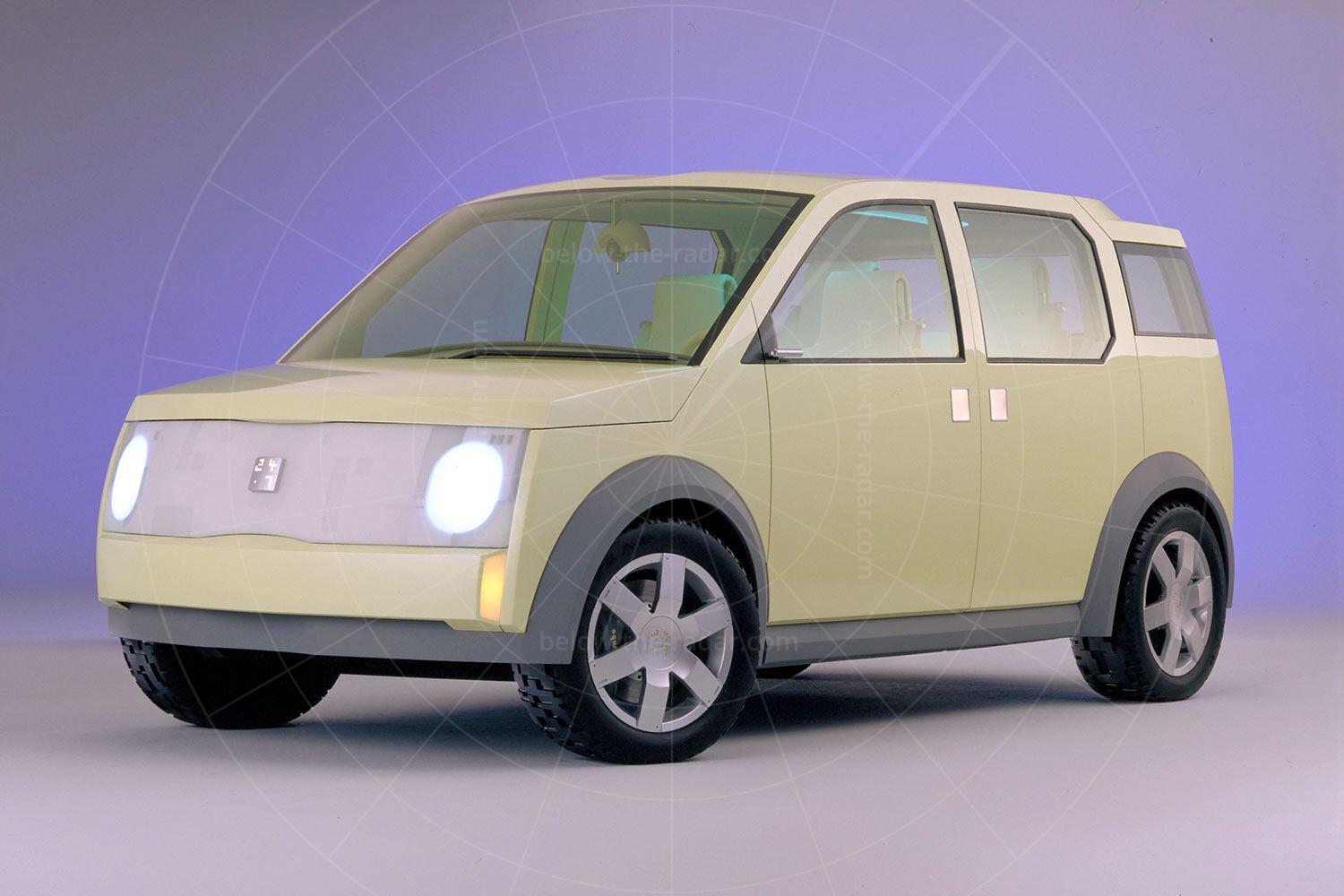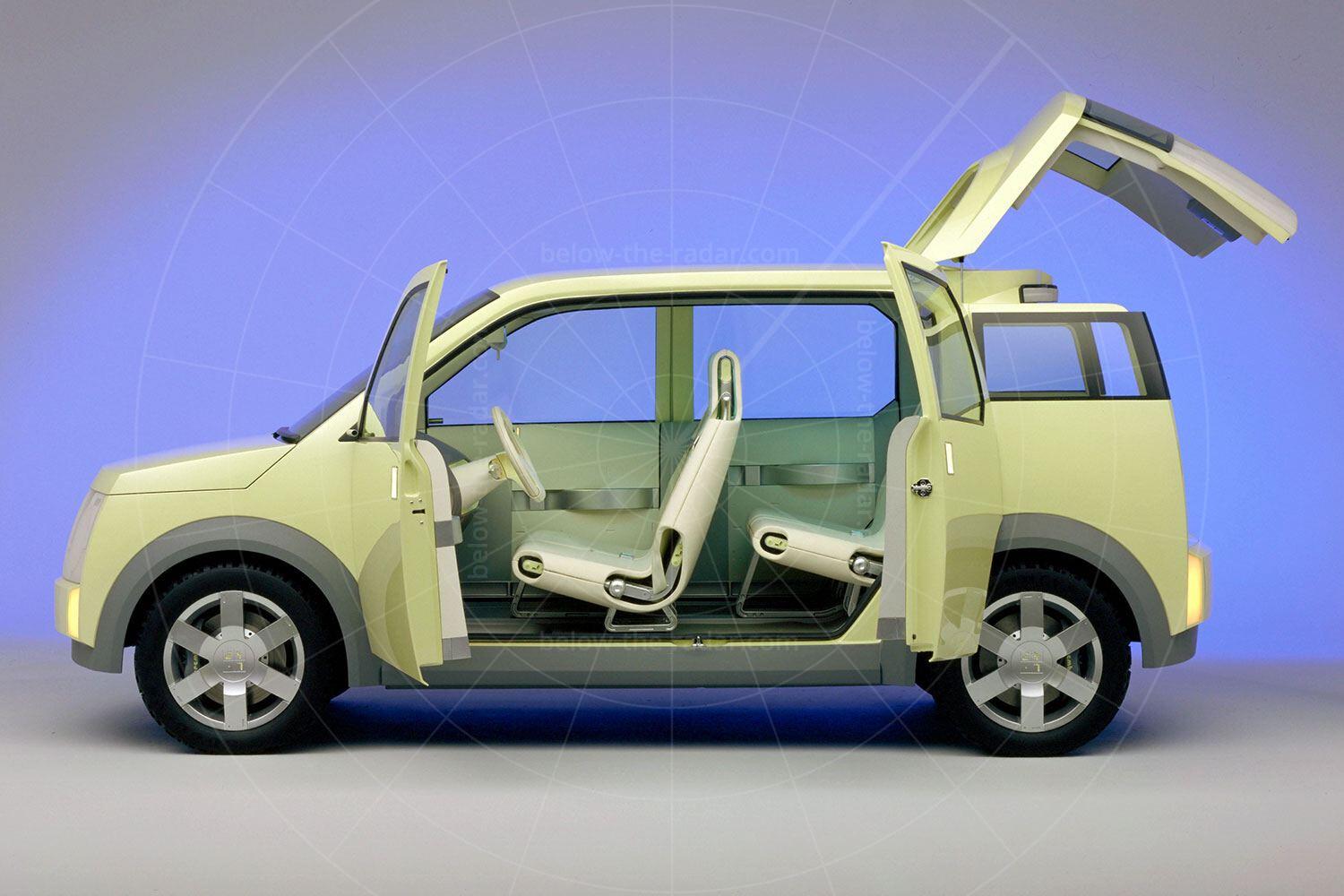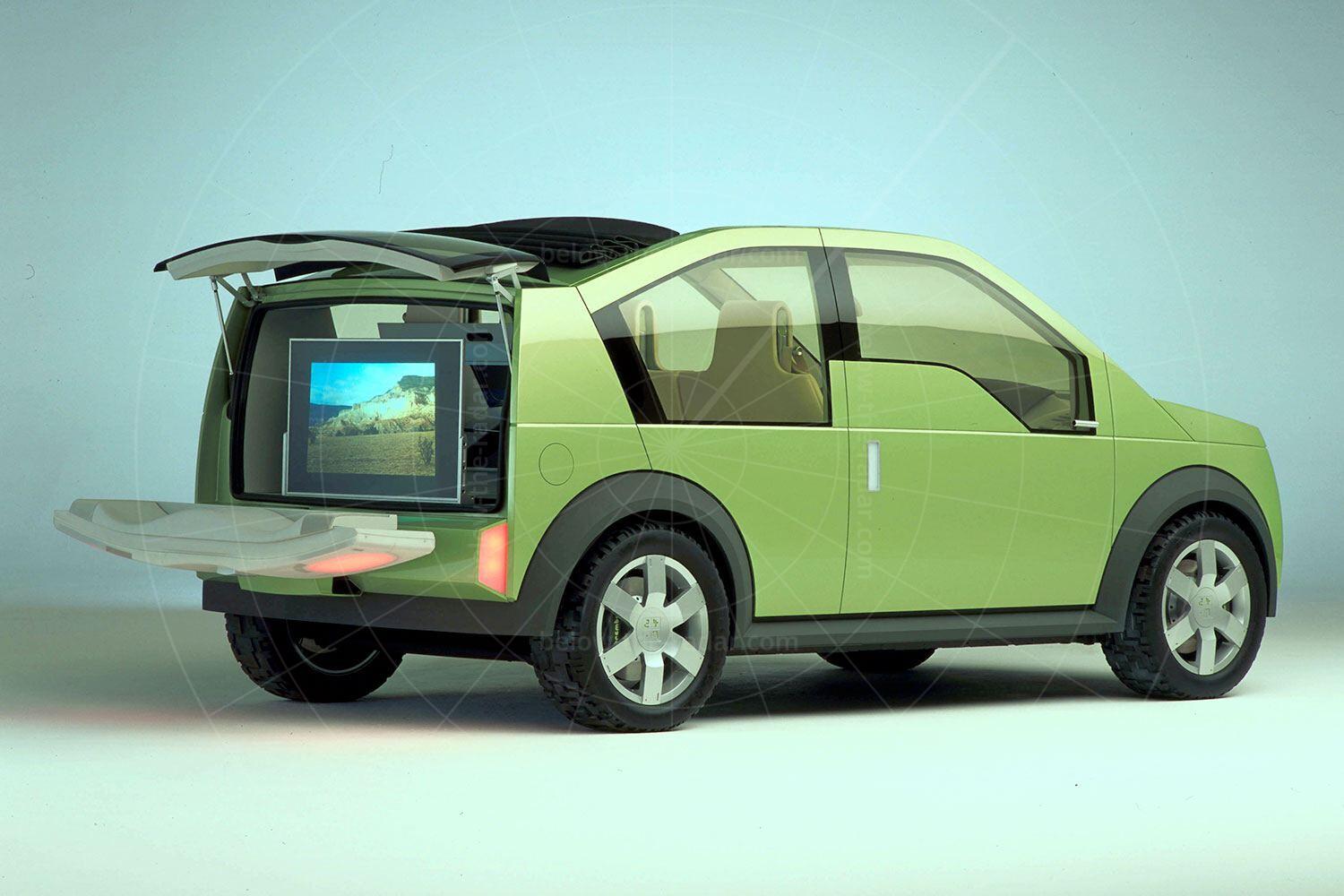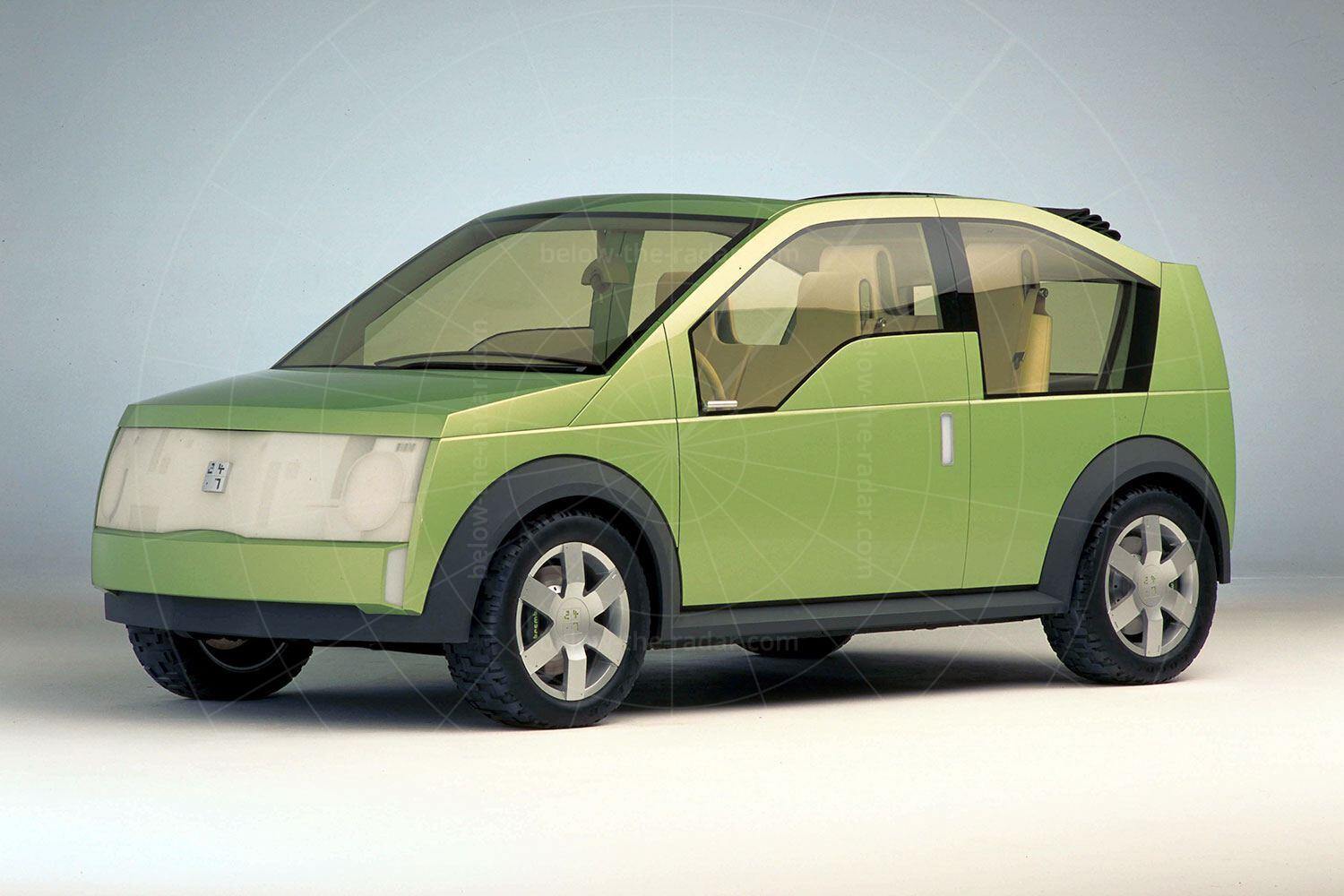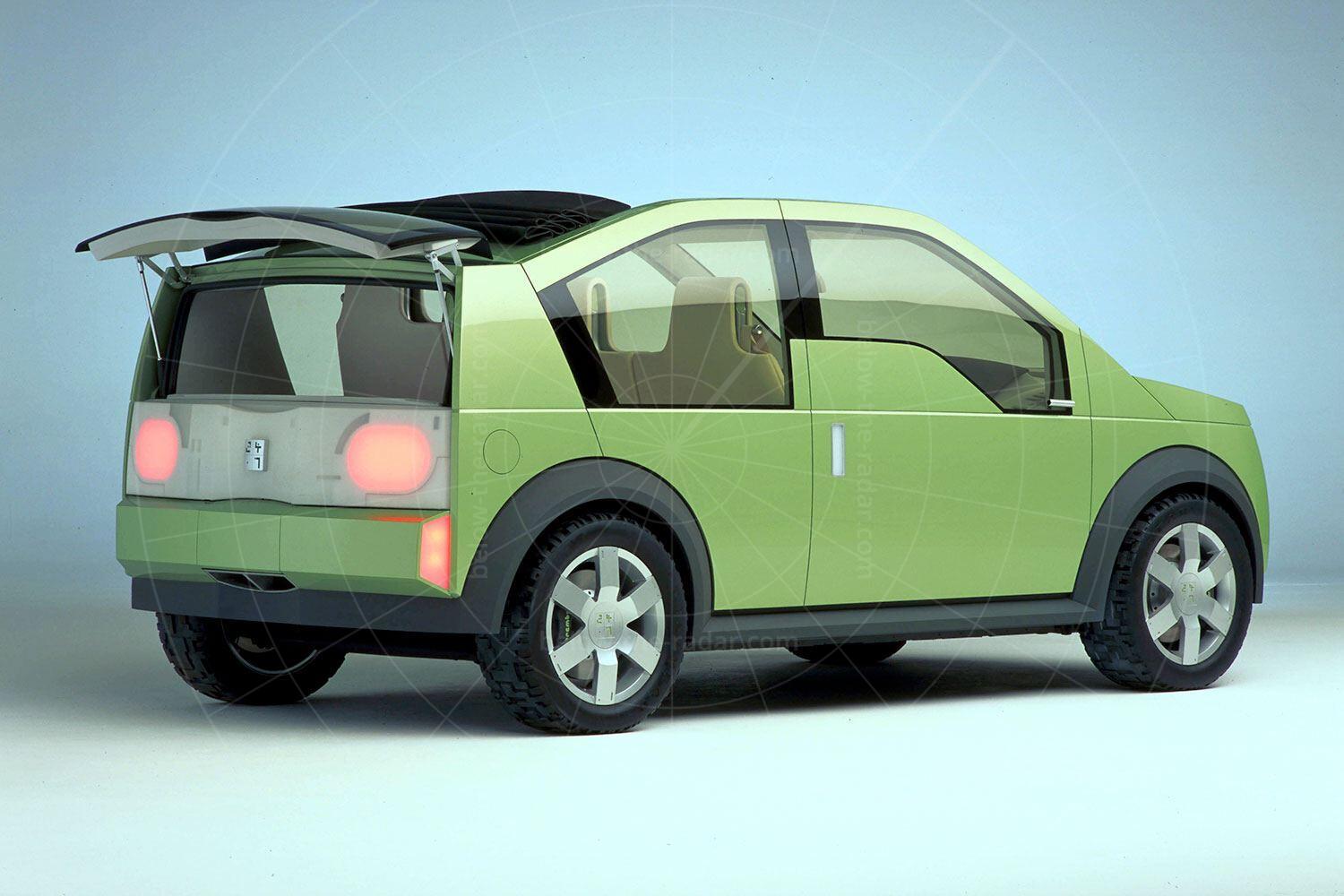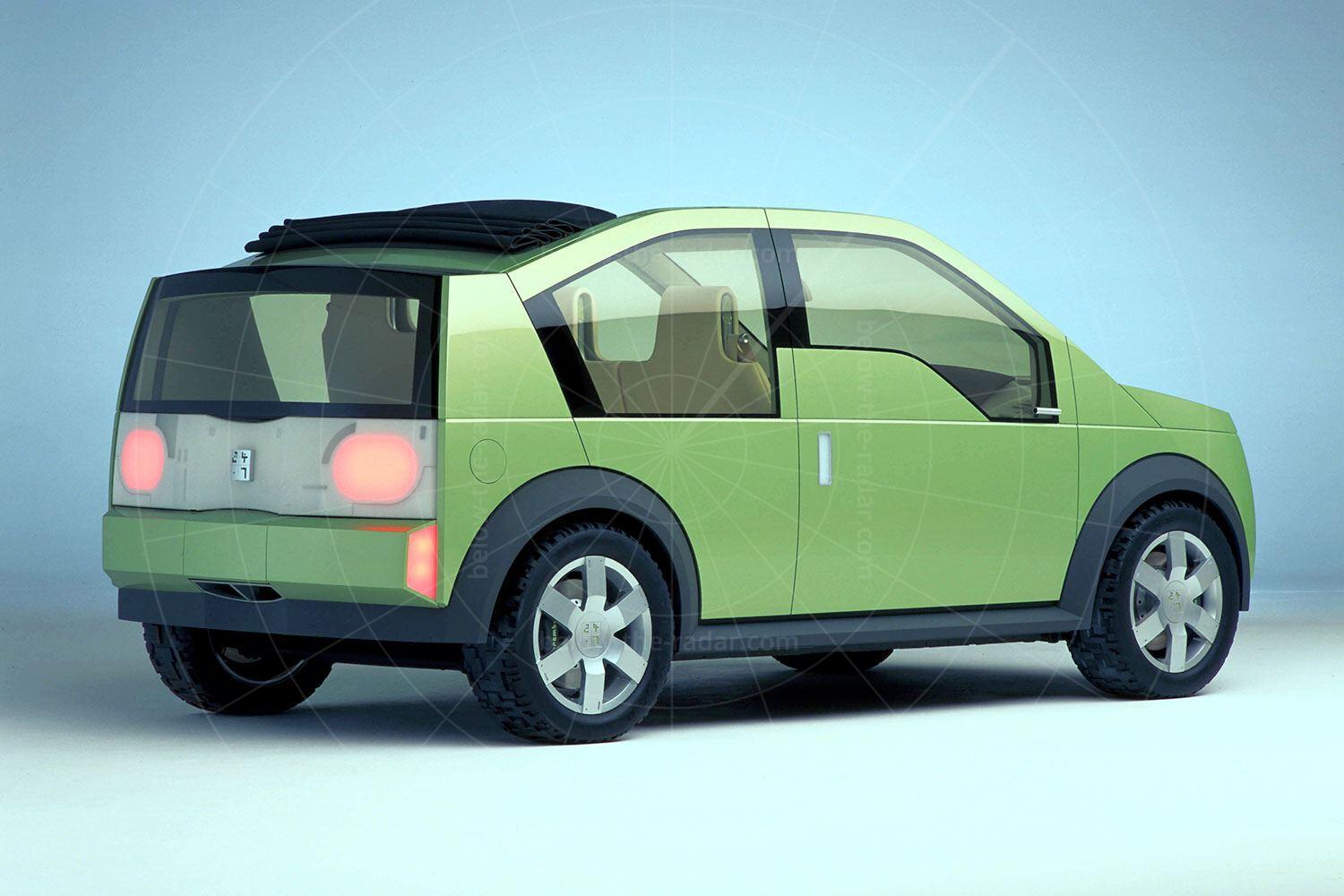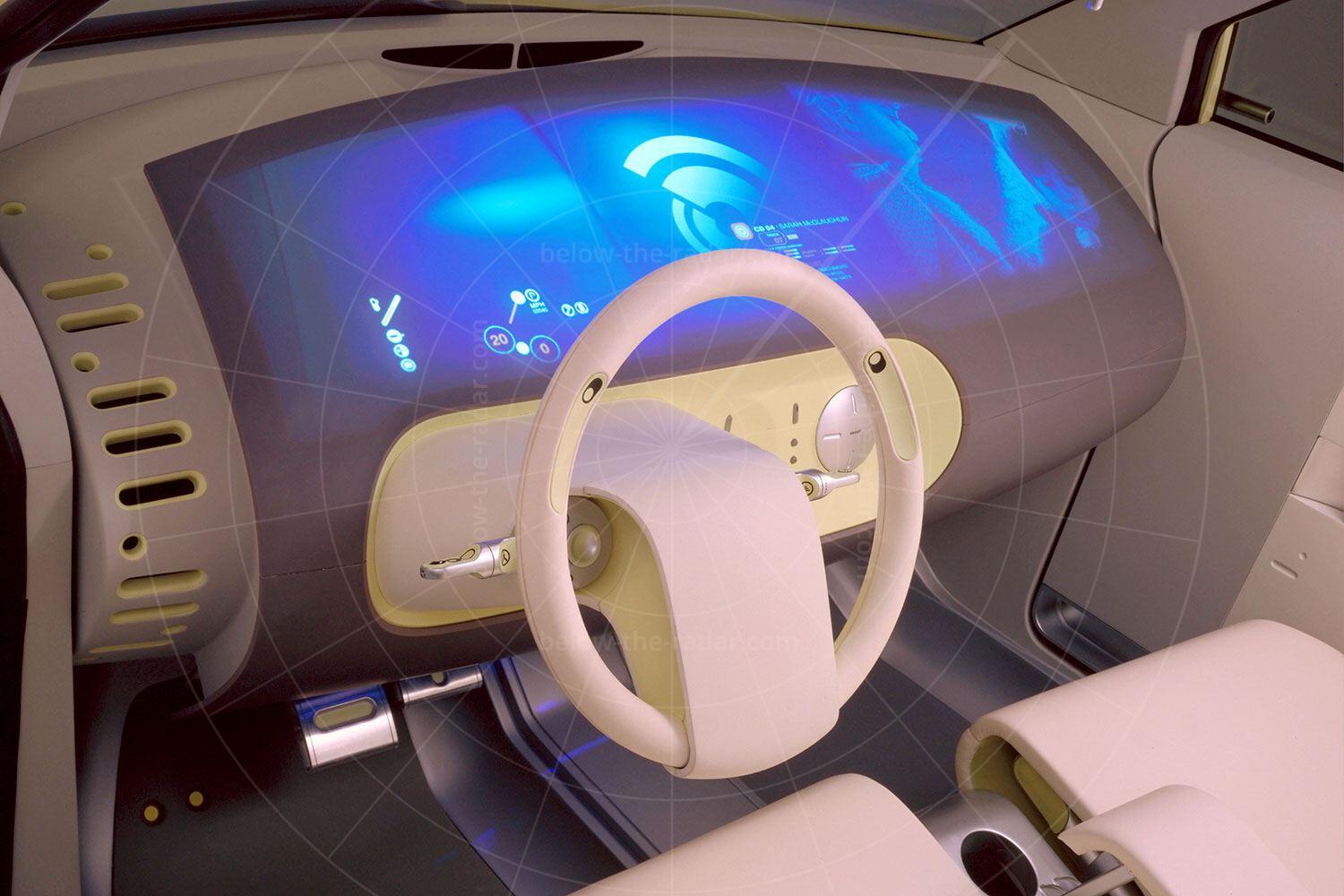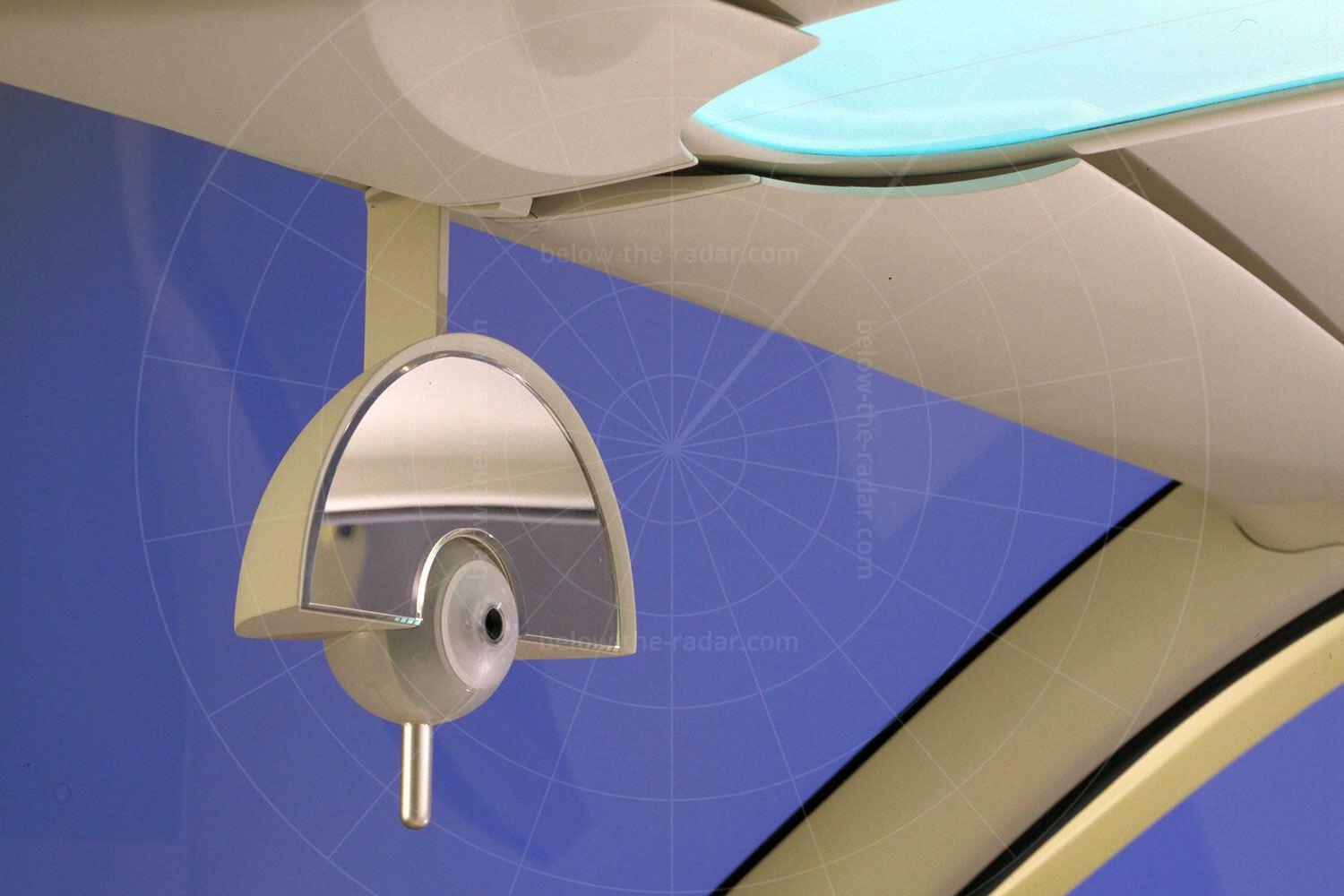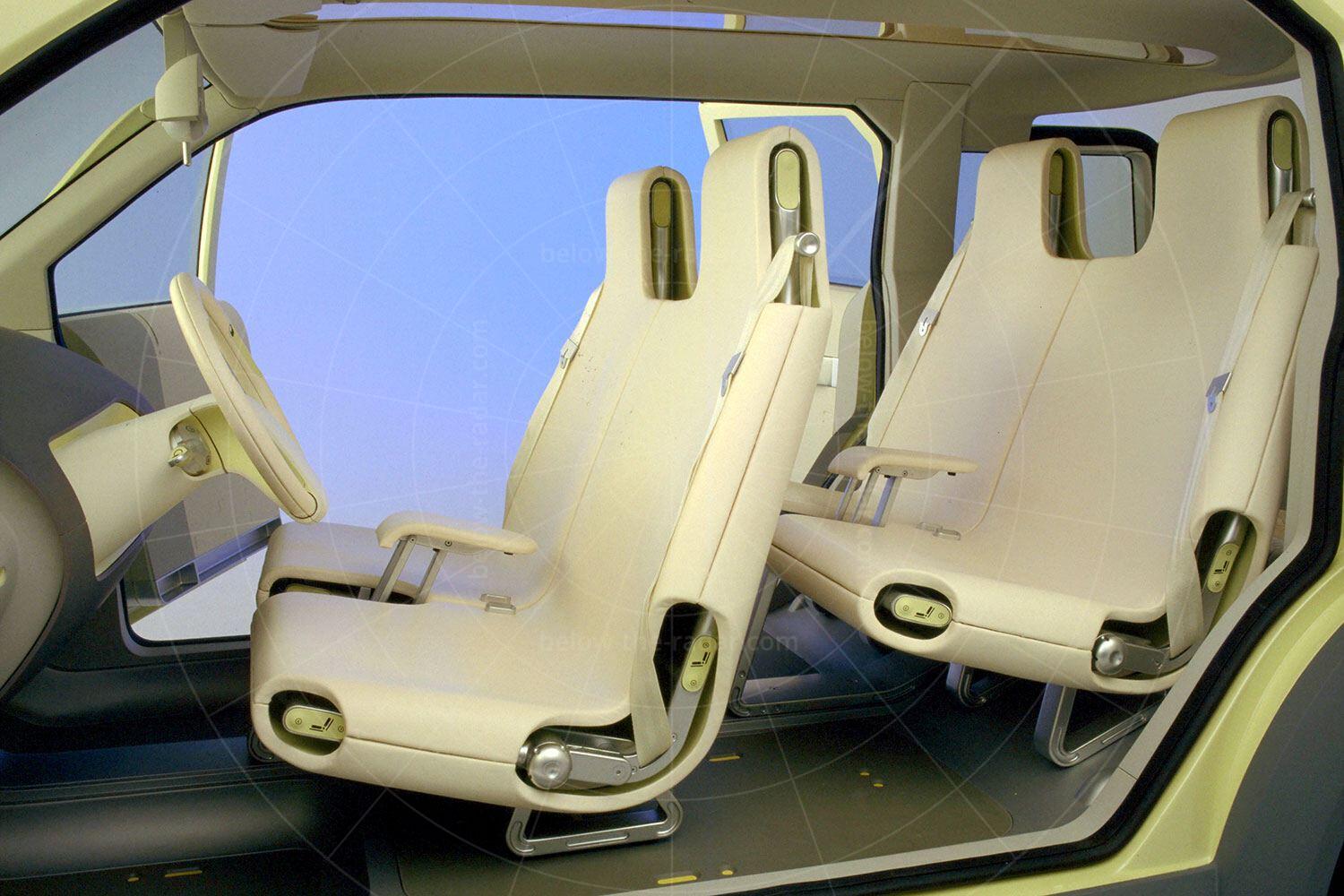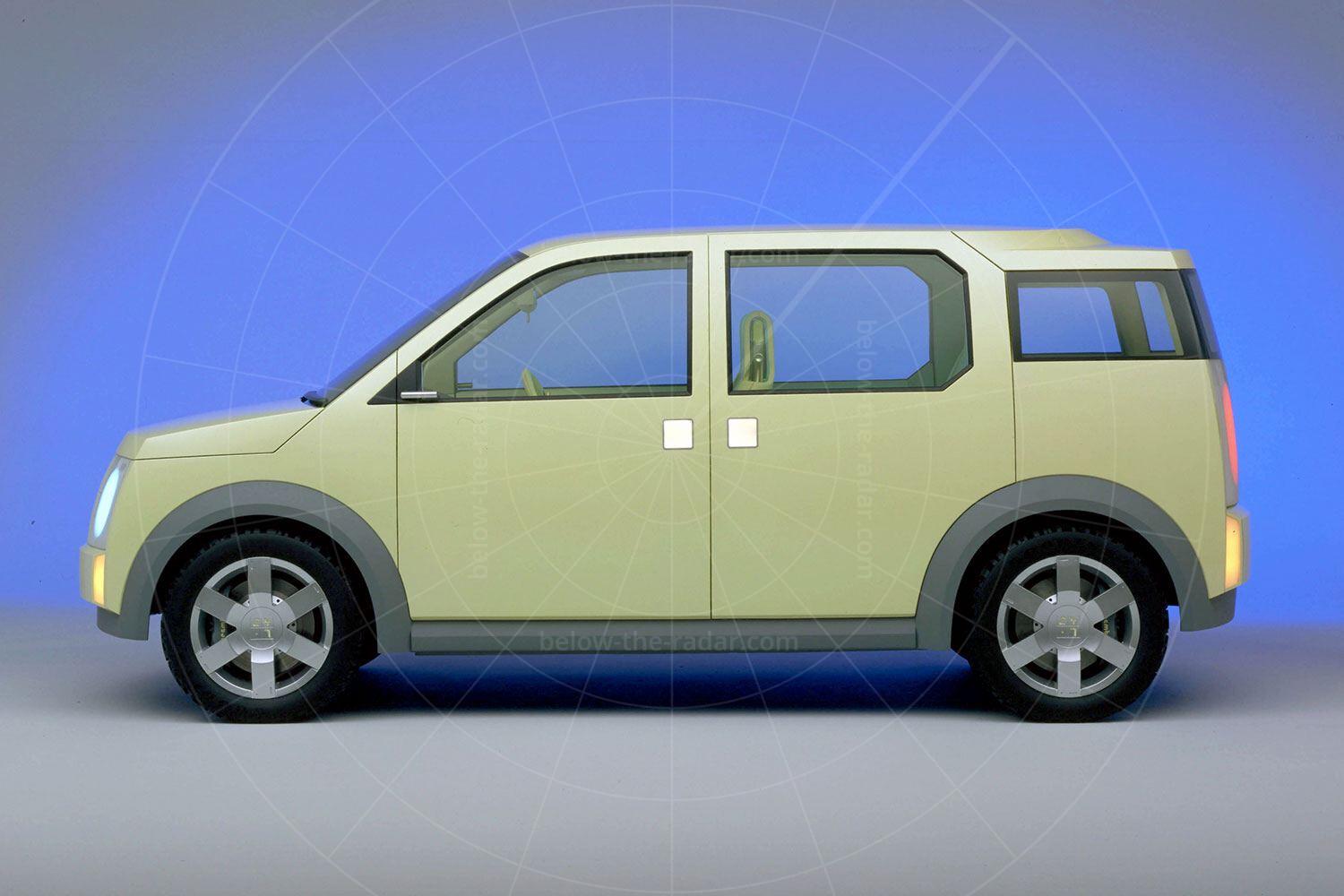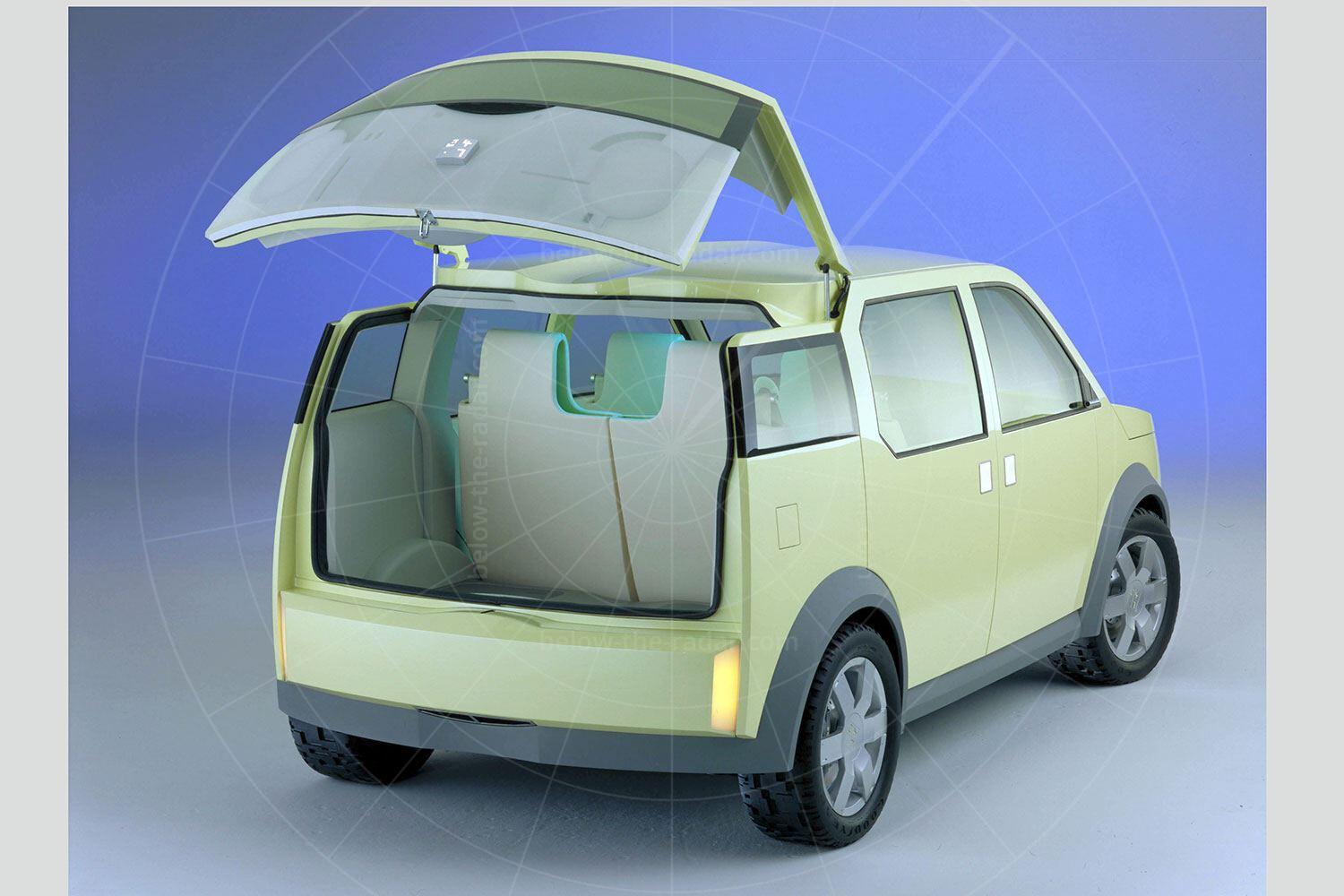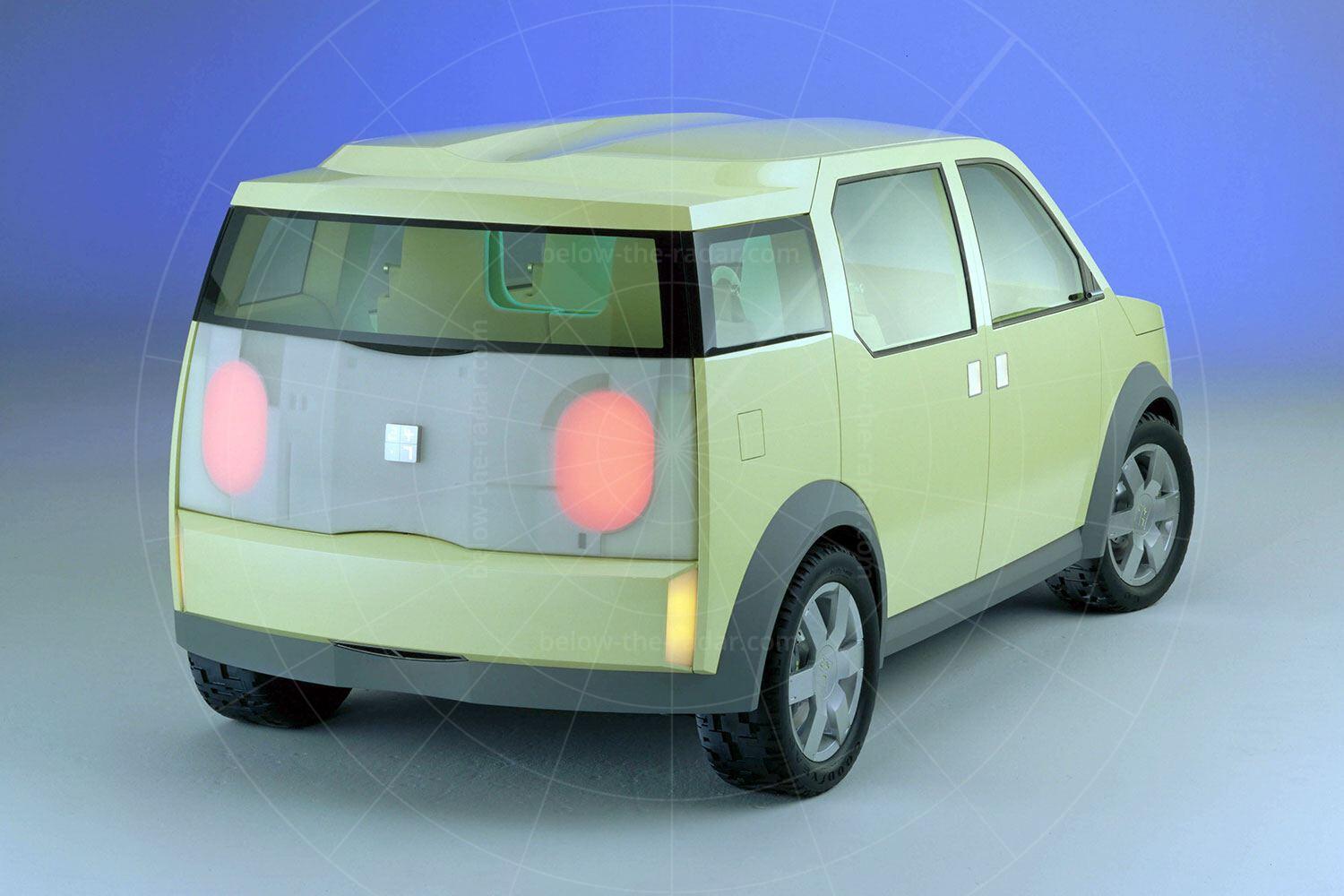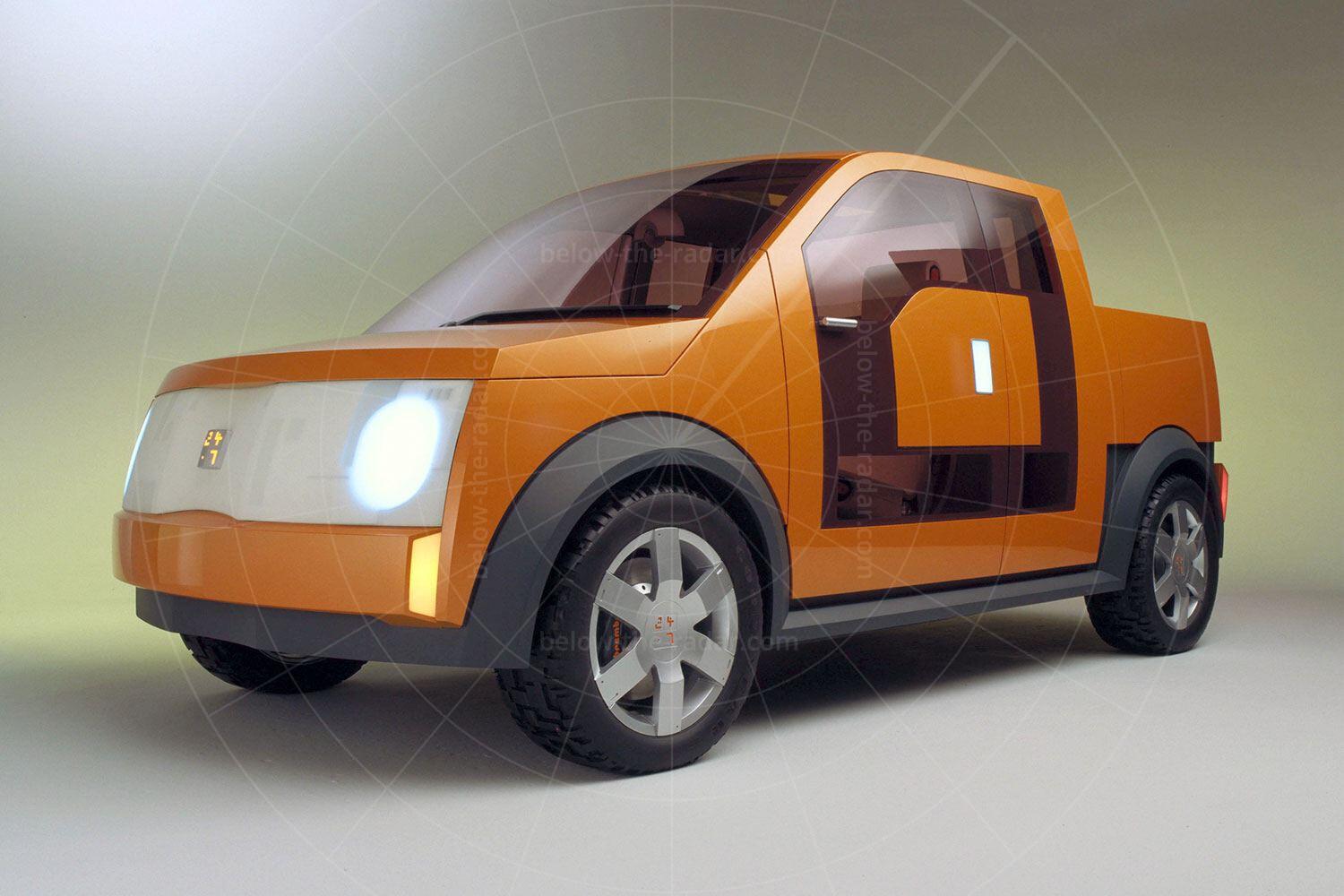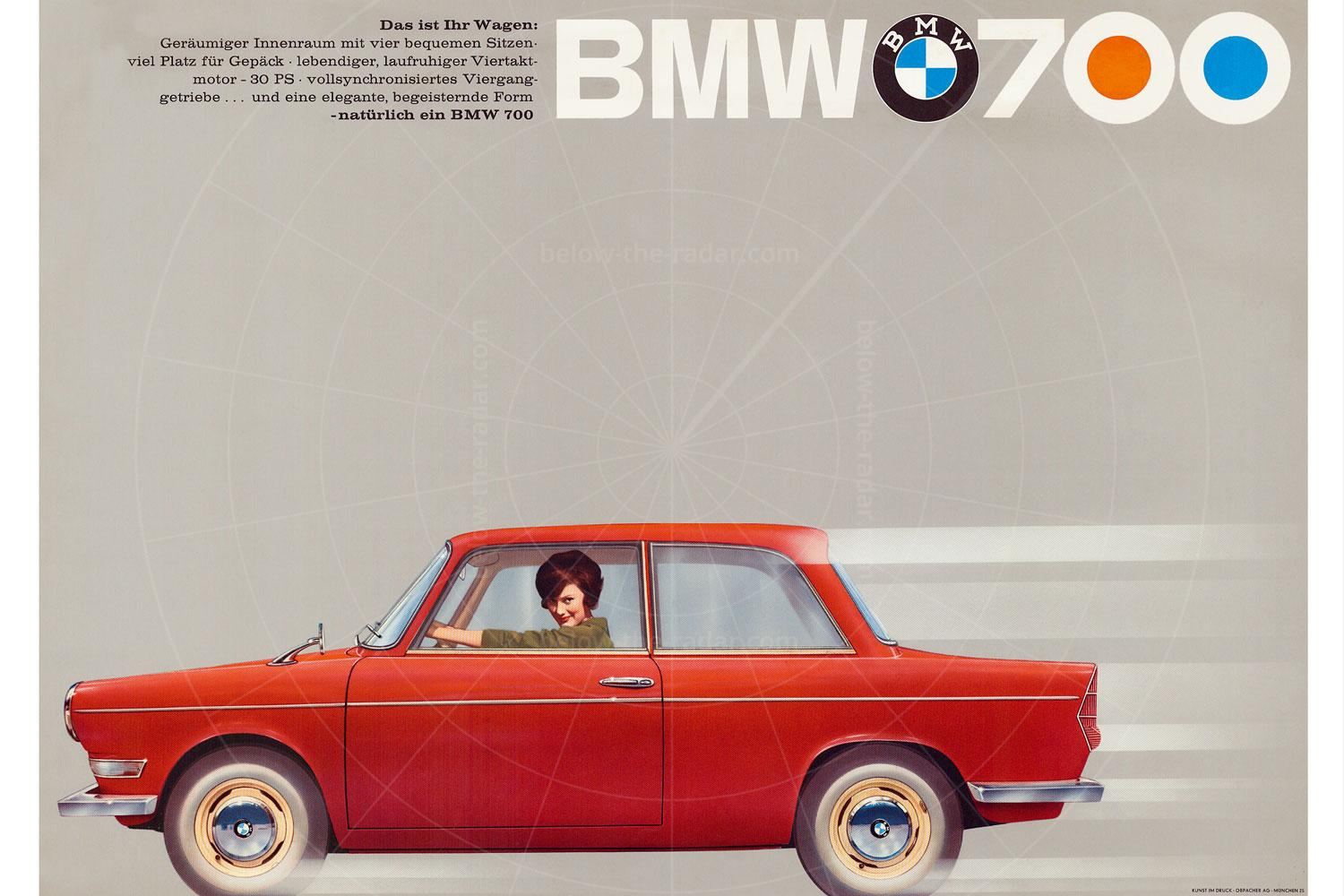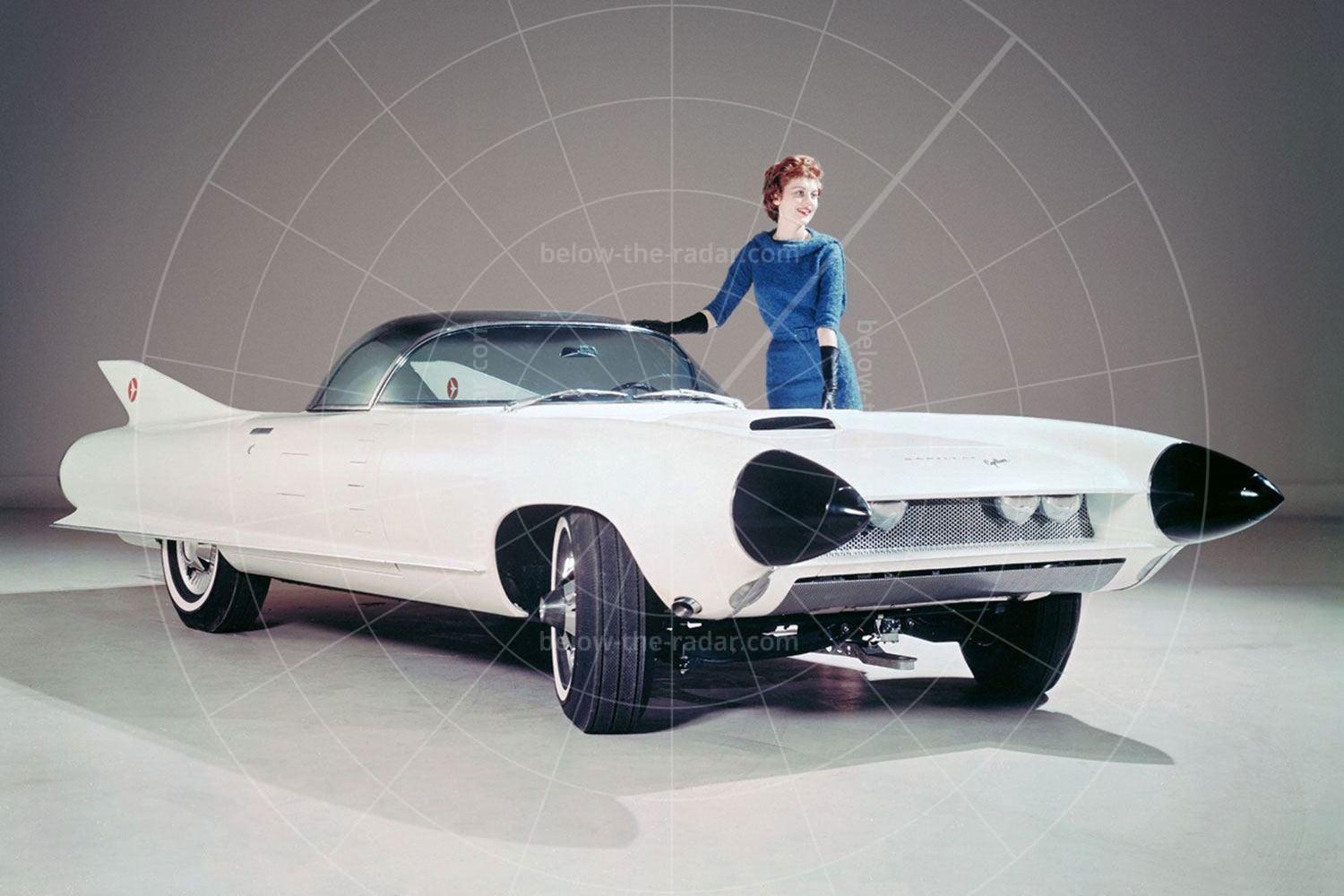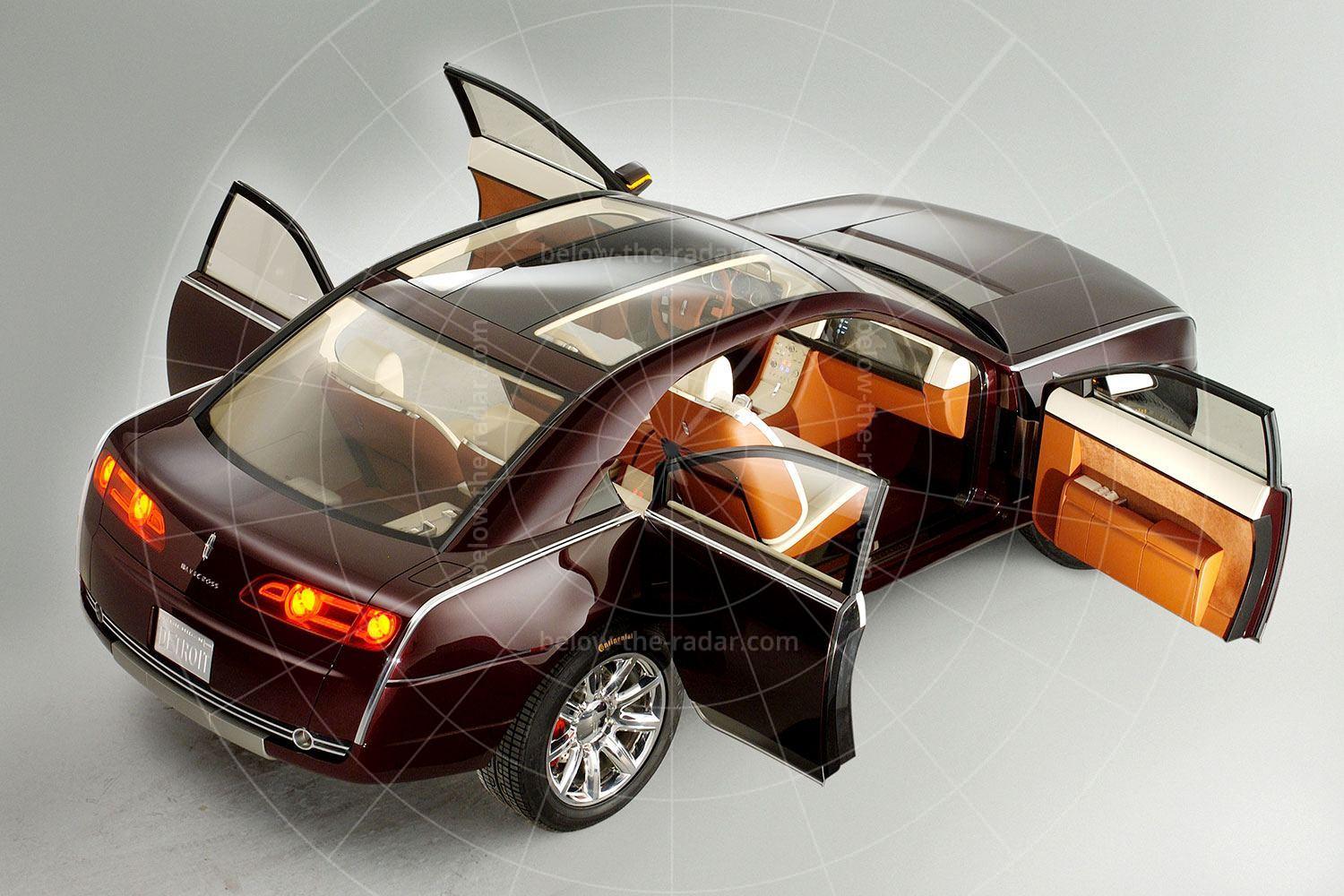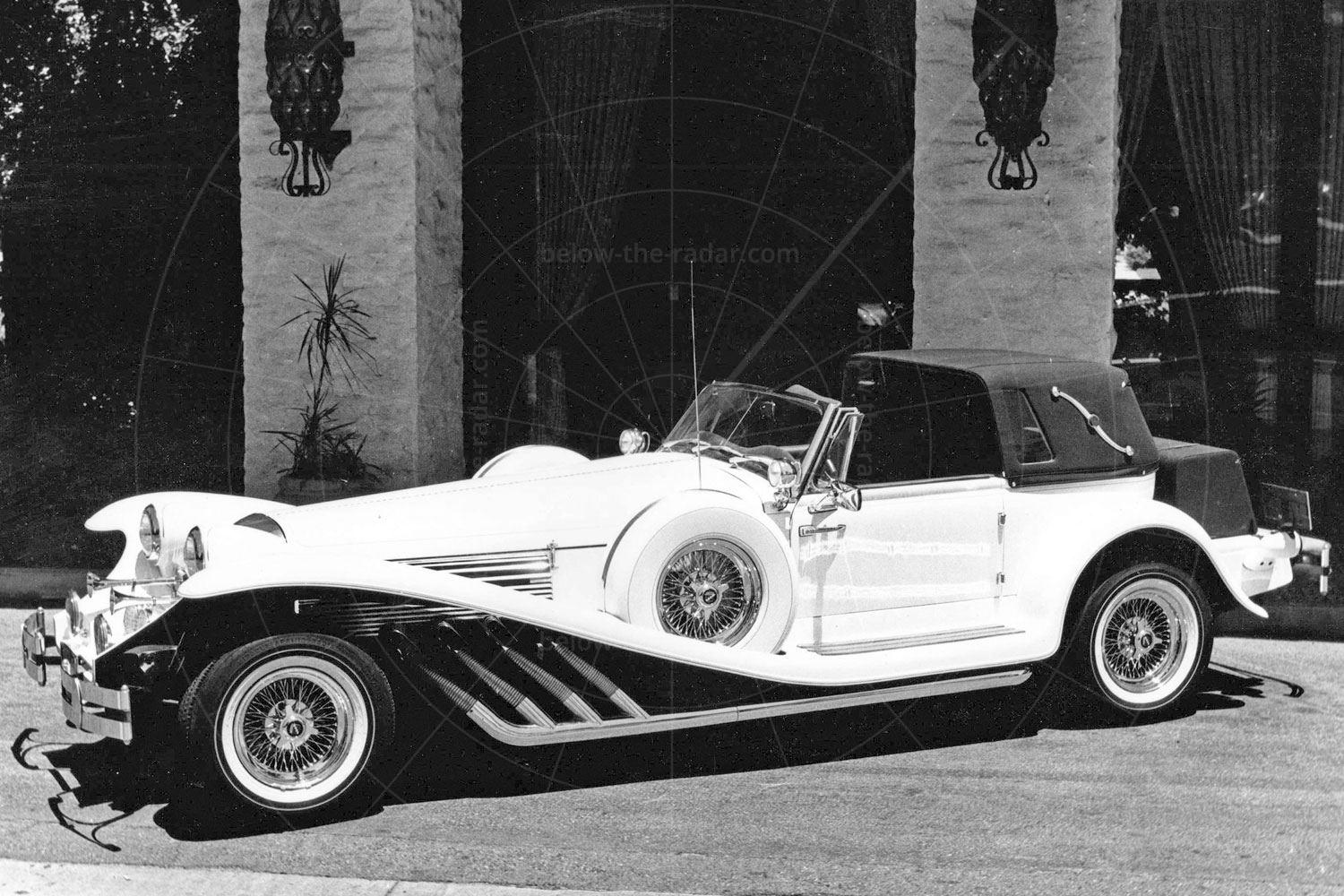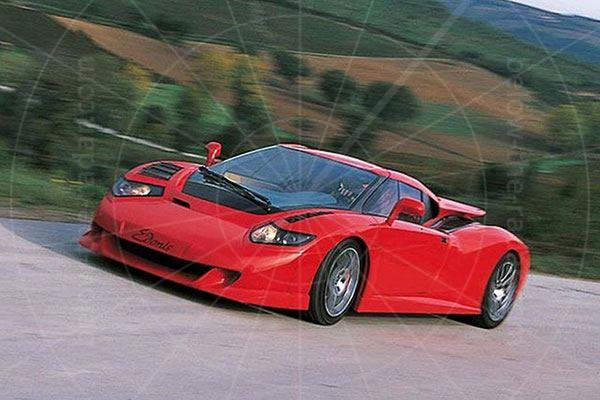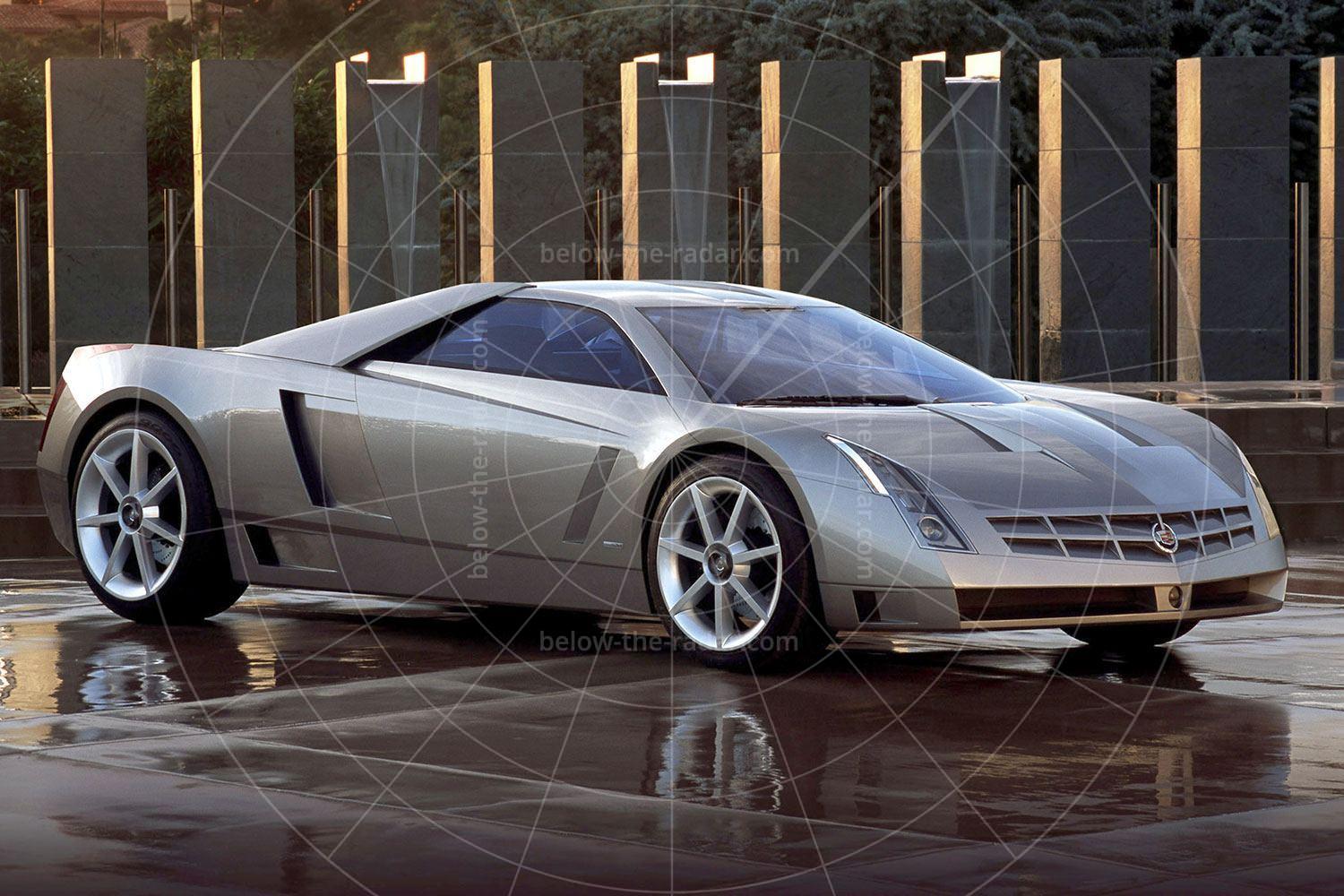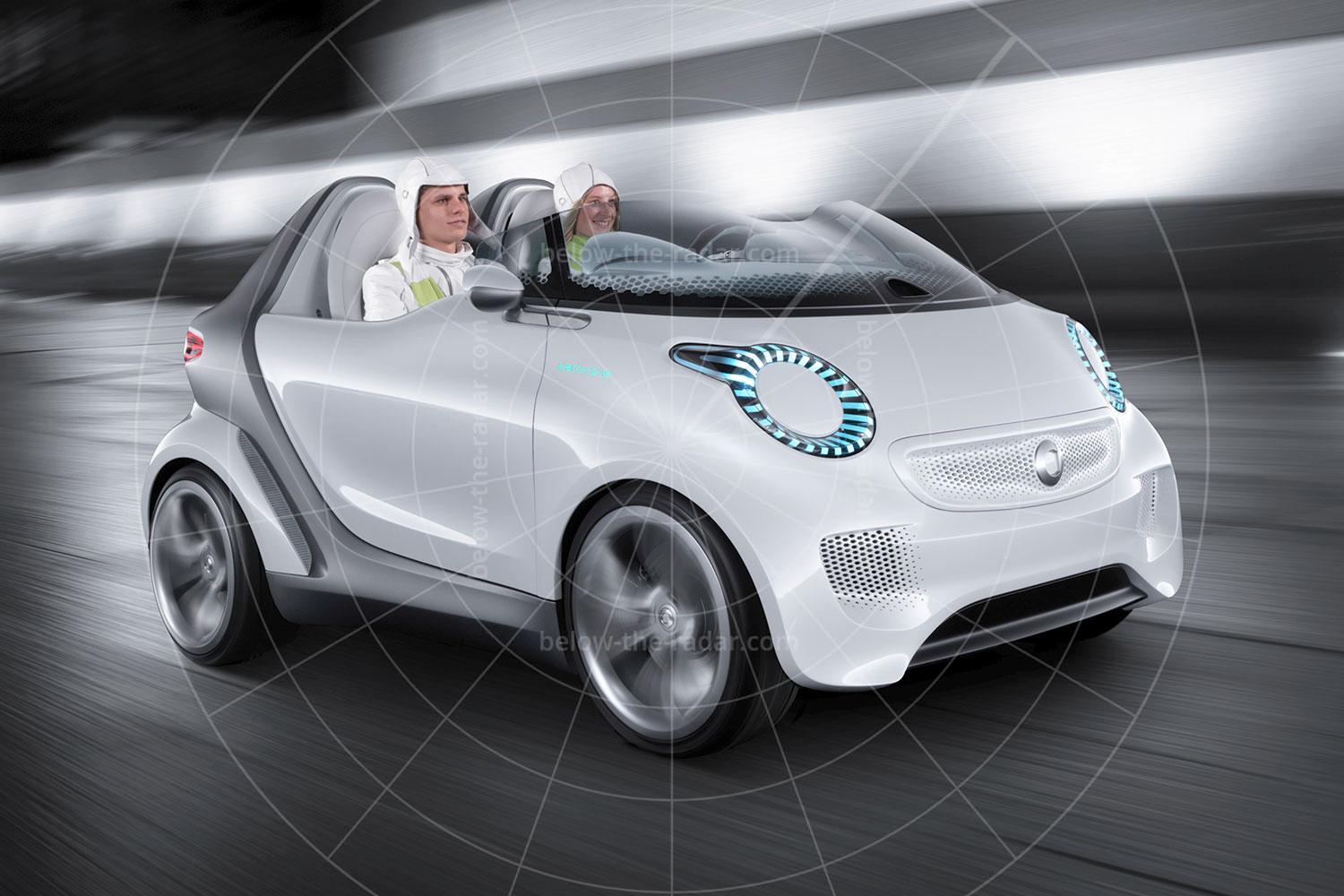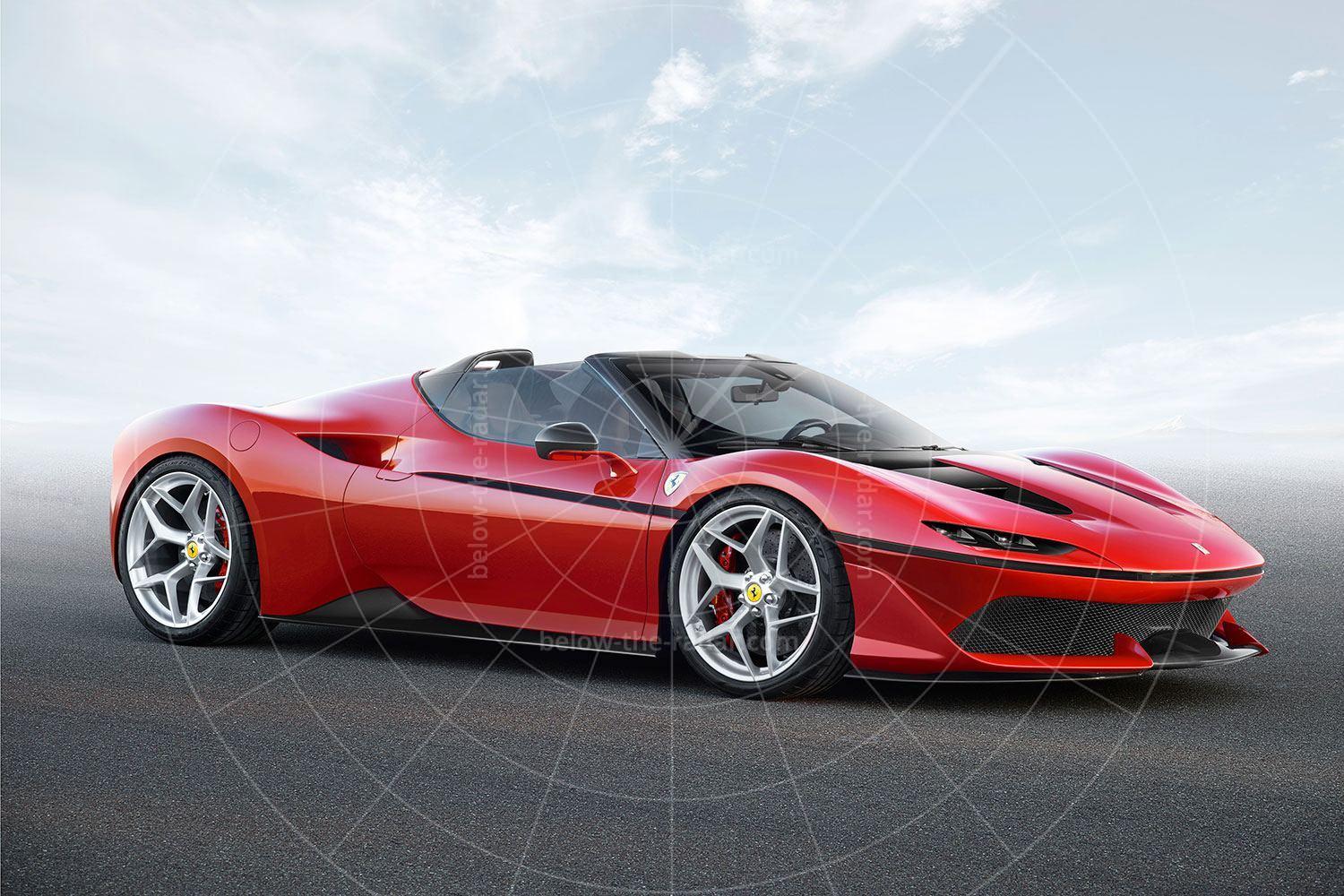Most people think of their cars as mere transport, while others consider them a ticket to freedom. Within those groups there are some who love driving their cars, but few would think of their transport as capable of better organising their lives. After all, that’s what diaries are for; you’re either organised or you’re not. That wasn’t what Ford reckoned though, when it introduced the 24.7 concept; the company claimed this was a car that was capable of helping owners to manage their time more effectively than ever before. Hmm, okaaaay…
Unlike most concepts, which are unveiled in a single form, Ford created no fewer than three 24.7 variants, including a pick-up truck, an SUV and a coupé. Each was intended to provide owners with access to information, people and places 24 hours a day and seven days a week – hence the name.
The three different variations on the 24.7 theme were each designed for different lifestyles but all featured the same technologies and design themes. The 24.7 wagon was intended to be the ideal family vehicle that blurred the boundaries between traditional estate car and conventional SUV.
Meanwhile the 24.7 pick-up was ready for any user adventure; it could be packed with gear and driven into the mountains, on to the beach or it would be perfectly at home in the city. However, for those who rarely escaped the city, the 24.7 coupé was designed to provide perfect urban transportation. Which was all very well, but you can‘t help thinking that Ford missed a trick by not coming up with a single vehicle that could do all of these things.
The 24.7 was built in conjunction with technology provider Visteon, so it wasn’t short of cutting-edge features. Indeed, it featured three of Visteon's then-latest advancements: Voice Technology, Voice Activated Reconfigurable Projected Image Display, and an Advanced Lighting System.
Predictably, Voice Technology allowed drivers to set controls and make phone calls with voice commands while keeping their hands on the wheel and their eyes on the road. Used in conjunction with the vehicle's on-board navigation system, it included an in-vehicle internet browser that allowed drivers to verbally retrieve weather information, road conditions or other information. Intriguingly, Visteon claimed that its voice-activation system could understand English, French, German, Italian, Japanese and Spanish – including multiple dialects and accents. So it would have been interesting to try it with a broad Scottish accent or an unfathomable Welsh one.
Then there was the Reconfigurable Projected Image Display, a voice-activated display which was a rather neat alternative to more conventional instrumentation, as it gave drivers the ability to customise the dashboard by changing the layout of the various instruments with simple voice commands.
Meanwhile, Visteon's latest breakthrough lighting technology was also incorporated; white and red LED lamps. These illuminated instantly, could last the life of the vehicle, allowed for much tighter packaging, and consumed a fraction of the power that traditional halogen lamps required; since the appearance of the 24.7, such technology has become widespread in mainstream production cars.
Although there were three versions of the 24.7, each featuring a different bodystyle, they all followed the same stylistic themes. Looking almost as if they were a product of Fisher-Price, the 24.7’s minimalist, angular design looked incredibly simple at first glance, but the more you looked the more complex it became.
For example, you’d look in vain for door-mounted mirrors, as they’d been replaced by what Ford called ‘lipstick cameras’ – presumably because they looked like lipstick tubes on the side of the car, rather than because they could also apply make-up. These helped boost the 24.7’s aerodynamics while also giving the driver a panoramic view of the car’s surroundings, projected on to the surface of the instrument panel.
The front doors featured large, square-shaped push-button handles that looked more like discreet lighting; once the front doors had been opened, the rear doors (where fitted) could be opened too, as they were rear-hinged.
The funky styling continued inside, with bench-like seats that were meant to resemble a clamshell. The exterior seat surfaces were covered in a light beige leather, while the inner parts of the shell were painted with the bright yellow accent seen throughout the interior. Exposed parts of the seat structure were finished in aluminum.
Being the practical one of the bunch, the five-door wagon featured rear seats that folded down flush to the floor to increase the carrying capacity. More neatly, once the vehicle had been powered up and the driver selected, the gauges appeared on the instrument panel in the ideal configuration for that driver. To finish things off, all three 24.7s sat on 17-inch, six-spoke matte aluminum-finished alloy wheels wrapped in specially cut 245/50R-17 Goodyear tyres with what Ford termed ‘digital patterned tread’.
| Vital statistics | |
|---|---|
| Debut | Detroit 2000 |
| Designer | J Mays |
| Engine | Front-mounted, 1988cc, 4-cylinder |
| Transmission | 4-speed auto, front-wheel drive |
| Power | 111bhp |
| Torque | 125lb ft |

